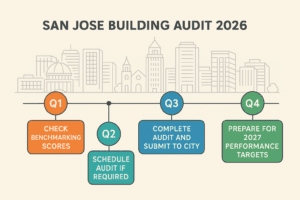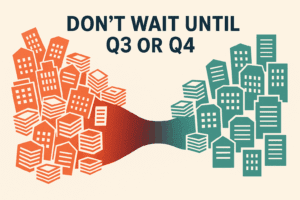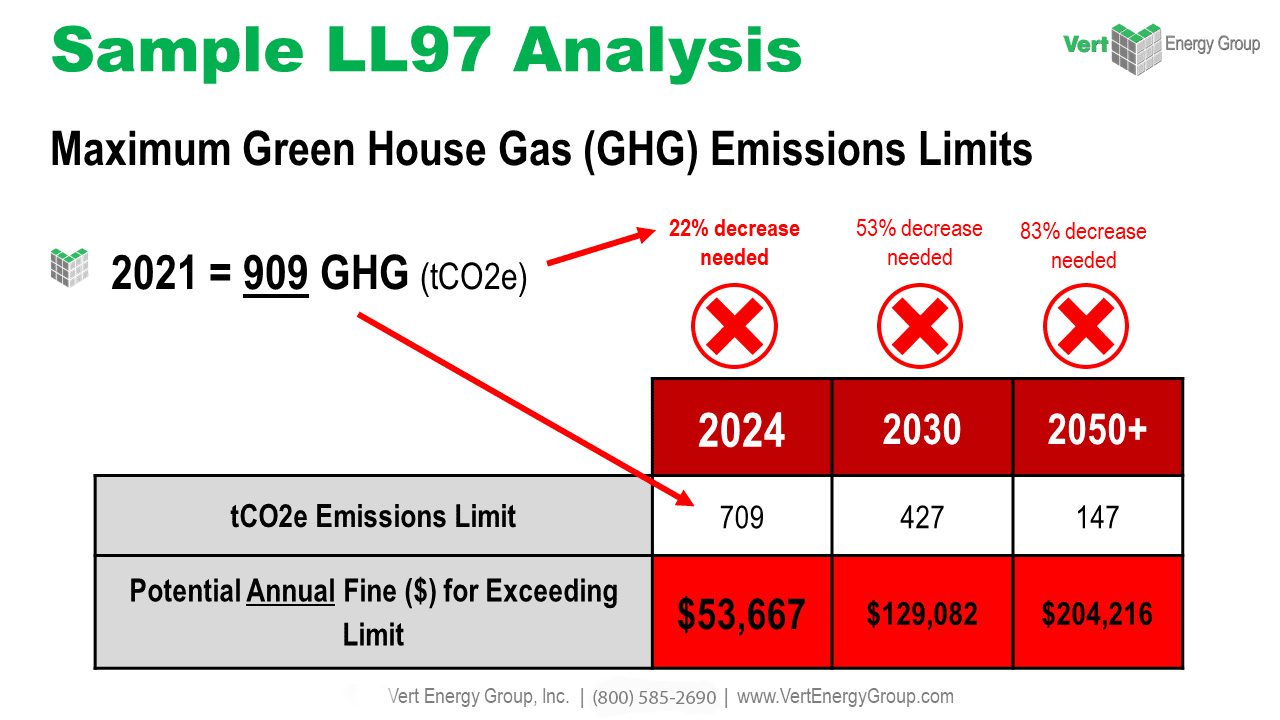Avoid Delays, Cut Costs, And Stay Ahead Of California’s Energy Compliance Wave
San Jose commercial property owners are on the clock. With California’s AB 802 and San Jose’s Energy and Water Building Efficiency Ordinance (EBEWE) compliance deadlines tightening in 2025, Q2 (April–June) is the best, and possibly last low-stress, window to schedule an energy audit or retrocommissioning (RCx). Waiting until Q3 means higher prices, limited availability, and unnecessary risk.
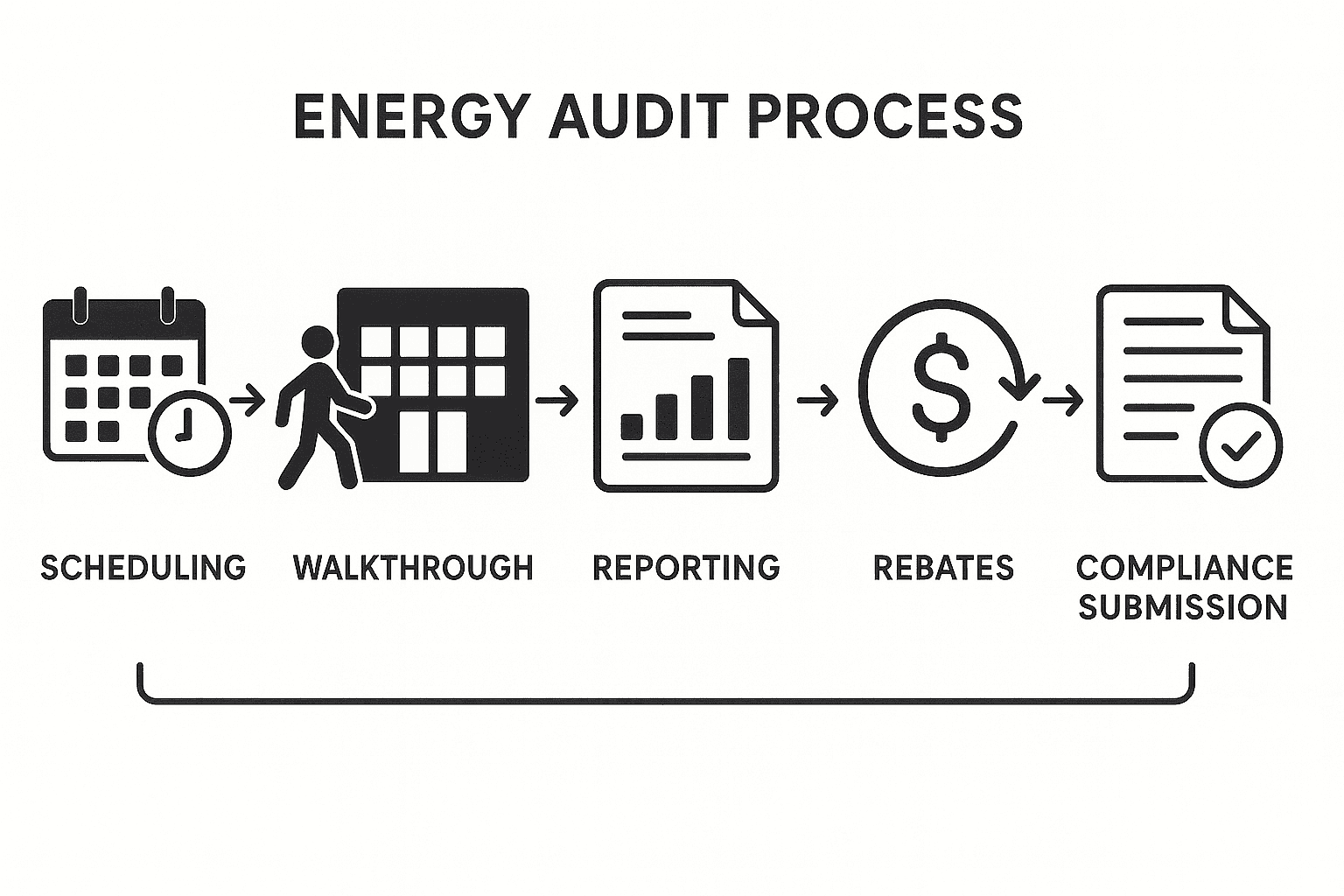
Energy audits aren’t just about checking a regulatory box, they’re a strategic opportunity to improve building performance, access rebates, and avoid steep penalties. If you own or manage a commercial building over 50,000 square feet in San Jose, here’s why Q2 is the perfect time to act.
The Compliance Clock Is Ticking: What San Jose Property Owners Need To Know
California AB 802 and the City of San Jose’s EBEWE ordinance require large commercial buildings to complete an Energy Audit or RCx every five years. These initiatives aim to cut emissions, reduce energy waste, and promote long-term sustainability in the state’s built environment.
If your property hasn’t completed a qualifying audit in the past five years, you must comply before enforcement increases in 2025.
The California Energy Commission (CEC) enforces AB 802, while San Jose provides its own benchmarking and compliance guidelines. In both cases, compliance means submitting benchmarking reports and completing an audit or RCx to verify building efficiency improvements.
Why Q2 Beats Q3 Every Time
Q3 is when demand for energy audits spikes. By July, providers are flooded with last-minute requests from owners scrambling to meet compliance before the end-of-year push. That surge brings:
- Limited provider availability
- Rush pricing and inflated costs
- Slower turnaround times
- Missed rebate deadlines
- Higher risk of non-compliance fines
In contrast, Q2 offers a strategic, low-stress window with more flexibility, better pricing, and a clearer path to rebate eligibility.
Q2 Vs. Q3 Energy Audit Planning: The Breakdown
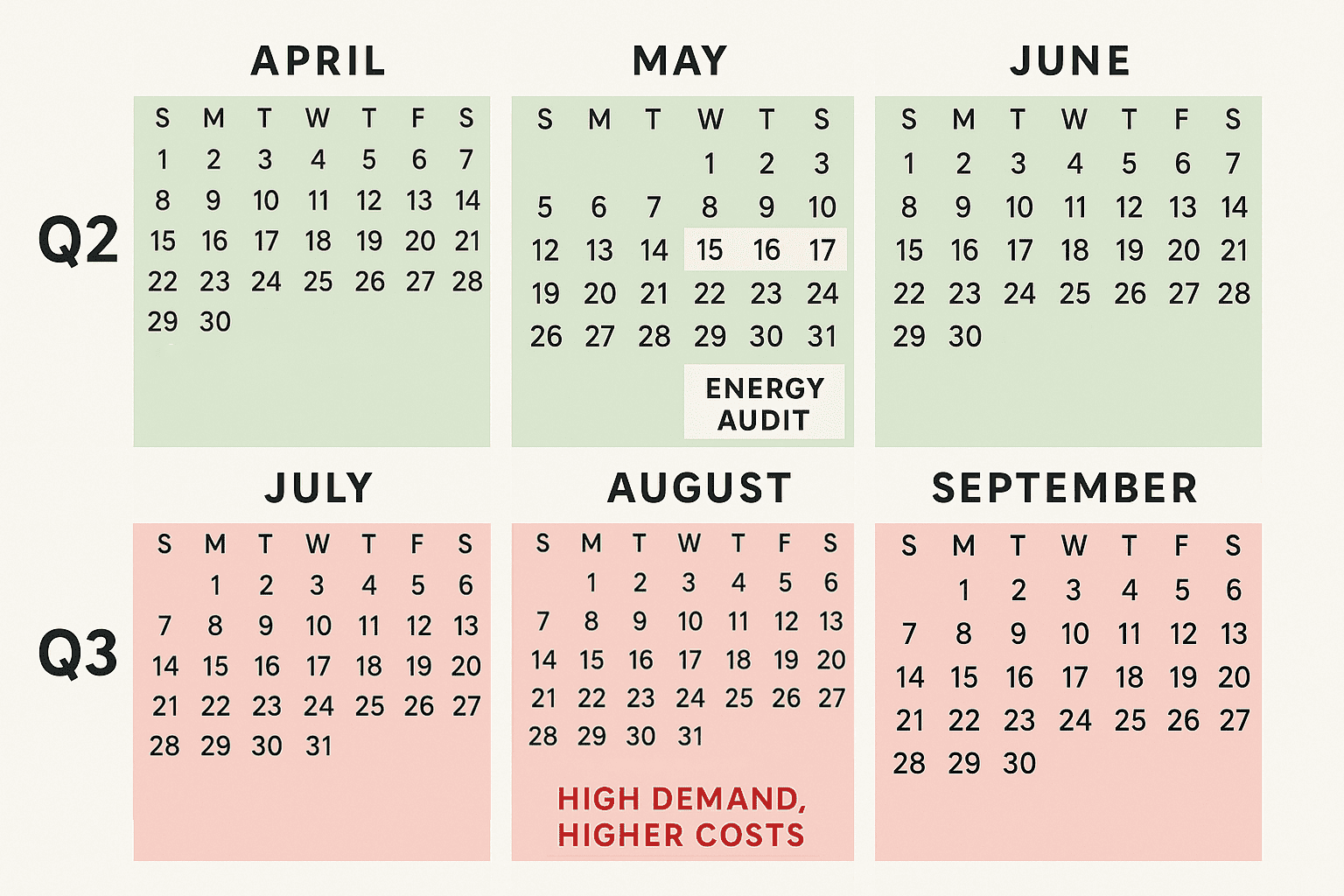
Here’s how Q2 and Q3 compare across the most critical compliance and cost factors:
| Factor | Q2 (April–June) | Q3 (July–September) |
| Provider Availability | High availability, flexible scheduling | Limited; most providers are booked |
| Cost | Early bird pricing, more options | Rush fees and peak pricing |
| Turnaround Time | Fast audit delivery and review | Delayed reports due to backlog |
| Rebate Access | Full access to active programs | Risk of missing deadlines |
| Compliance Risk | Low, plenty of planning time | High, with shrinking timelines |
| Operational Flexibility | Ideal for approvals and prep | Tougher due to summer schedules |
Delaying your audit can result in fines of $500 to $2,000 per property per year—and that’s just the start. Missed upgrade windows, inefficient building systems, and unclaimed incentives can add thousands more in lost value.
An Energy Audit Is More Than Just A Requirement
Yes, energy audits ensure regulatory compliance, but the best ones do much more. A thorough audit can reveal hidden inefficiencies in your HVAC, lighting, insulation, and building automation systems. These insights translate into:
- Lower utility bills
- Improved indoor comfort and air quality
- Longer equipment life cycles
- Higher property value and marketability
When you act in Q2, you can also take advantage of early-year rebates and financial incentives, such as:
🔹 California Energy Design Assistance (CEDA): Supports building retrofits with technical and financial resources.
🔹 PG&E Retro-Commissioning Rebates: Offers cash incentives for HVAC and control system optimization.
🔹 BayREN Building Energy Savings Program: Provides free assistance and funding for efficiency upgrades.
These programs are competitive and limited, early applicants are more likely to secure full funding.
Supporting Sustainability, ESG, And LEED Goals

If your organization has Environmental, Social, and Governance (ESG) goals, or is pursuing LEED O+M certification, energy audits are a cornerstone. A completed audit:
- Contributes to LEED energy credits
- Strengthens ESG reporting and investor communications
- Shows tenants and partners your commitment to sustainability
By auditing in Q2, you can review findings, develop upgrade plans, and execute improvements before the year’s end, without rushing.
Ideal Timeline: How To Make The Most Of Q2
Here’s a simple roadmap to keep your energy audit on track and stress-free:
Early April – Mid May
- Contact certified energy auditors in San Jose
- Review your benchmarking data and utility history
- Identify recent system upgrades or changes in usage
Mid May – June
- Schedule your on-site audit or RCx visit
- Prepare building documentation and grant access
- Complete the audit and review findings with your team
July
- Submit your compliance documentation
- Apply for available rebates or incentive programs
- Begin implementing top-priority improvements
What You’ll Need To Be Audit-Ready

Being prepared speeds up the process and helps your audit team deliver deeper insights. To ensure a smooth audit, gather:
- 12 months of utility data (electricity, gas, water)
- Building floor plans and system specifications
- Access to HVAC, lighting, and control systems
- Maintenance logs and recent repair history
- Occupancy data and usage patterns
- Your most recent benchmarking report (if applicable)
- A point of contact to assist the auditor on-site
With these details in hand, you can fast-track your audit and avoid unnecessary delays.
Don’t Wait | Act Now For Maximum Benefit
Q2 offers a rare opportunity: low competition, better pricing, full incentive access, and enough lead time to make meaningful improvements before compliance deadlines hit.
By scheduling your audit now, you position your building for success, not just for 2025 compliance, but for long-term energy efficiency, cost savings, and sustainability gains.
Let VertPro® simplify the process. Our San Jose Energy Audit experts help property owners and managers stay compliant with over 60 benchmarking and energy laws nationwide. Use our Instant Pricing Tool to get a fast, accurate quote and secure your Q2 audit while slots are still open.
Secure Your San Jose Energy Audit Today
Avoid Q3 chaos, capture rebate savings, and stay compliant with California’s energy mandates. Get Instant Pricing with VertPro® →
